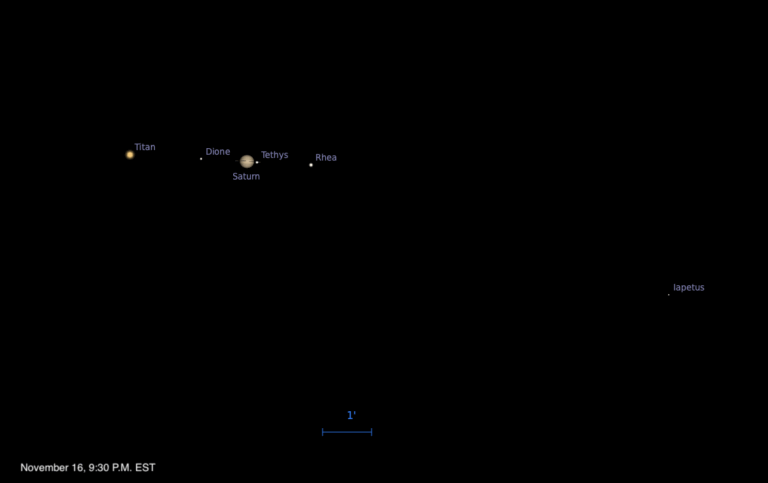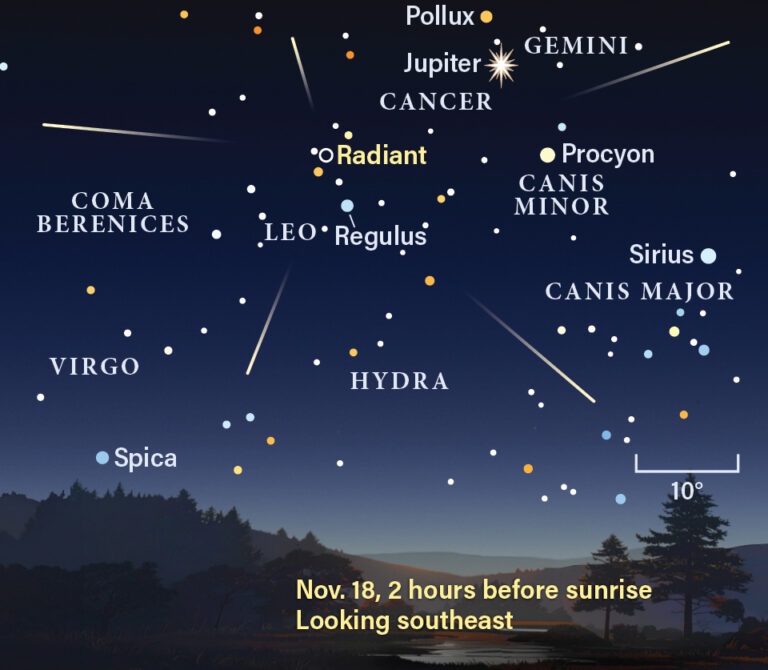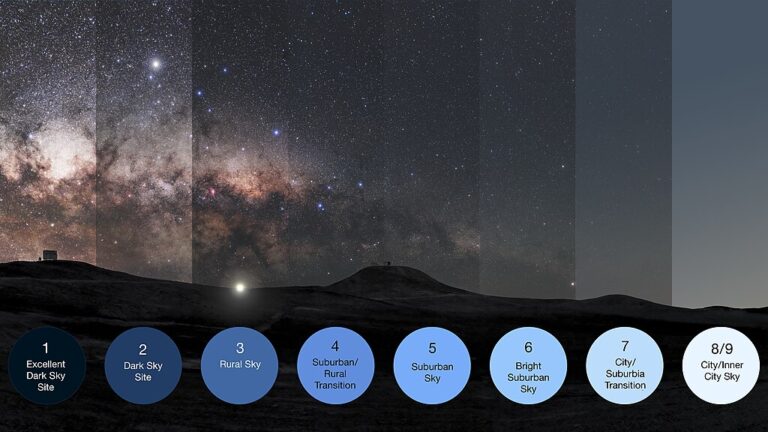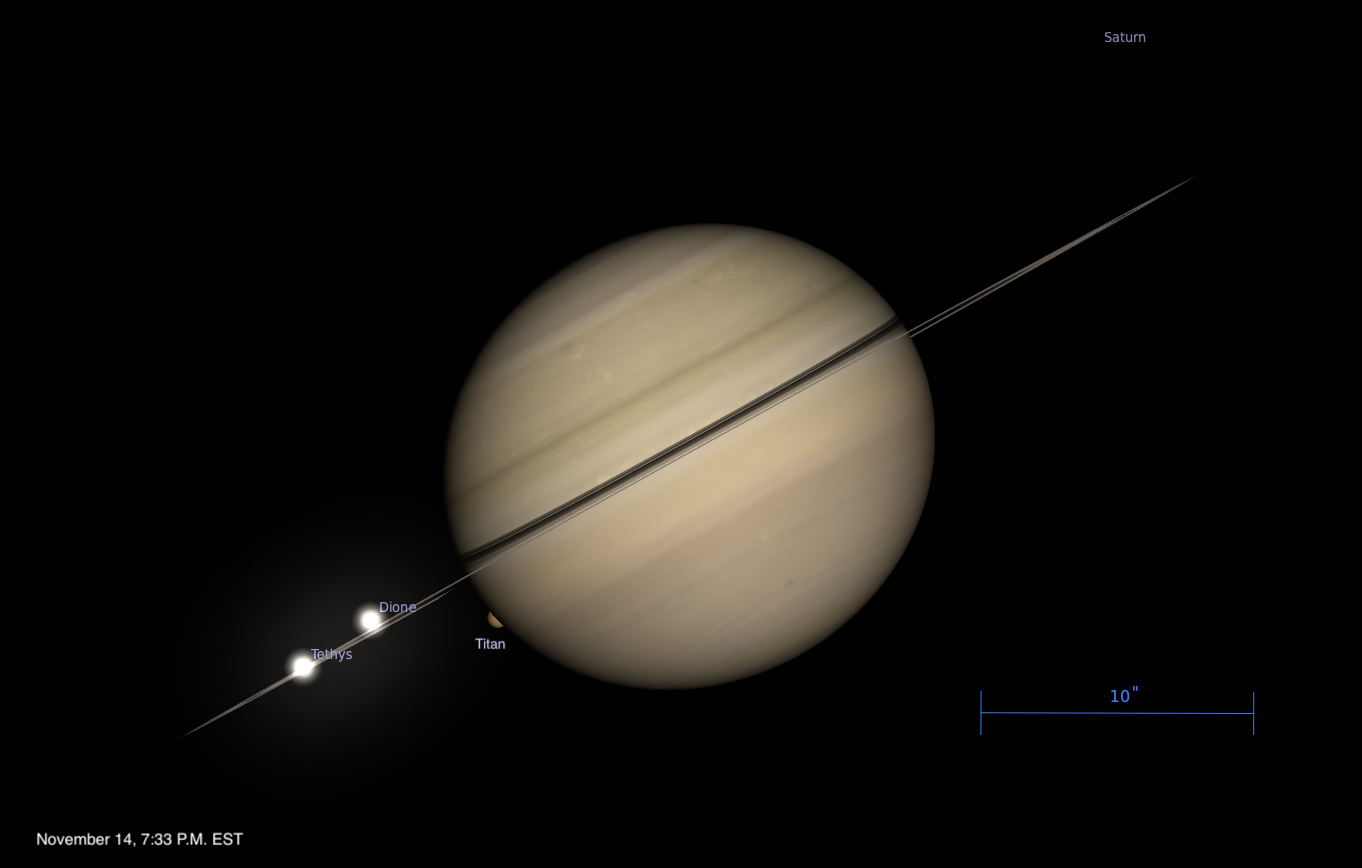Key Takeaways:
- In December 2100, NASA's Cassini spacecraft and ground-based observers documented a significant emission of energy and ethylene gas from Saturn's northern hemisphere, visible within its clouds.
- Earth's Moon is projected to pass within 3° of Saturn on Friday, March 29, appearing as a waning crescent.
- This celestial alignment will be observable in the early morning, with Saturn rising around 3:15 a.m. local daylight time over the southeastern horizon, followed approximately 10 minutes later by the Moon.
- Although Saturn is visible to the naked eye at magnitude 6, binoculars are recommended to resolve its golden disk, and a telescope is necessary to distinguish its 16"-diameter disk and 37"-spanning ring system, tilted 24° to the observer's line of sight.
The ringed planet rises around 3:15 a.m. local daylight time over the southeastern horizon. The Moon, which currently appears as a waning crescent, follows about 10 minutes later.
The two will hover near each other throughout the morning hours, and Saturn will remain a fixture in northeastern Sagittarius all week.
As one of the five brightest planets — along with Venus, Jupiter, Mars, and Mercury — magnitude 6 Saturn is easily visible to the naked eye. But in order to reveal the planet’s glorious golden disk, you’ll need to track down binoculars.
For those of you who can get your hands on a telescope and target the gas giant, you’ll see its 16″-diameter disk surrounding by a stunning ring system that spans 37″ and tilts 24° to our line of sight.
For more quick and easy observing tips, check out The sky this week for March 22 to 31.










